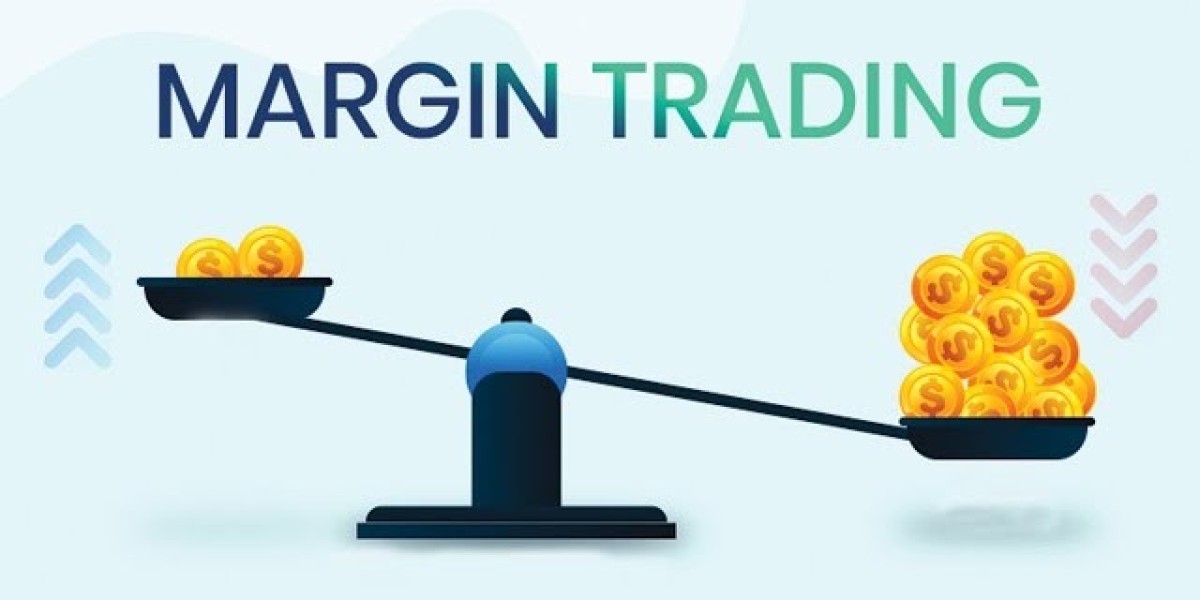Margin trading has become a cornerstone of modern financial markets, offering traders the ability to amplify their buying power. However, it is not without its pitfalls. This article delves deeper into the mechanics, benefits, and dangers of margin trading, along with tips for successful trading.
How Margin Trading Works
At its core, margin trading involves borrowing money from a broker to increase your trading position. Here’s a step-by-step breakdown:
Deposit Initial Margin: Traders deposit a percentage of the total trade value, known as the initial margin, to open a position.
Borrow Funds: The broker lends the remaining amount needed to execute the trade.
Leverage in Action: This borrowed money amplifies the trader’s exposure to the market, enabling higher potential returns or losses.
For example, with a leverage ratio of 5:1, a trader with $5,000 can take a position worth $25,000.
Key Benefits of Margin Trading
Higher Profit Potential: By leveraging borrowed funds, traders can increase their gains on successful trades.
Flexibility: Margin accounts allow traders to seize market opportunities without waiting to accumulate more capital.
Short-Term Opportunities: Leverage is particularly useful for short-term traders looking to capitalize on small price movements.
Short Selling: Traders can profit from declining markets by selling assets they don’t own, a practice facilitated by margin accounts.
The Dangers of Margin Trading
Risk of Over-Leverage: Excessive use of leverage can lead to significant losses, often exceeding the trader’s initial capital.
Margin Calls: Brokers require a minimum level of equity in the margin account. If the account value drops below this threshold, traders must deposit additional funds or face forced liquidation of their assets.
Interest Payments: Borrowed funds come with interest costs, which can erode profits over time.
Emotional Pressure: The high stakes involved in margin trading can lead to stress and emotional decision-making, potentially resulting in poor trades.
Best Practices for Margin Trading
Start Small: Beginners should use minimal leverage and gradually increase exposure as they gain experience.
Set Clear Limits: Define your risk tolerance and stick to predetermined stop-loss levels to prevent catastrophic losses.
Stay Educated: Keep up with market trends, news, and technical analysis to make informed decisions.
Use Risk Management Tools: Leverage tools like stop-loss and take-profit orders to automate trades and manage risk.
Avoid Over-Trading: Resist the temptation to overextend your positions, as this increases the likelihood of margin calls.
Regulatory Oversight
In most countries, margin trading is regulated to protect investors and ensure market stability. Brokers are required to adhere to strict guidelines, including disclosure of risks and setting minimum margin requirements. Traders should only engage with licensed brokers to avoid scams and ensure fair treatment.
Conclusion
Margin trading is a powerful financial tool that can yield substantial rewards for informed and disciplined traders. However, its inherent risks require careful management and a thorough understanding of market dynamics. By approaching margin trading with caution and adopting best practices, traders can navigate its challenges and potentially achieve their financial goals.








